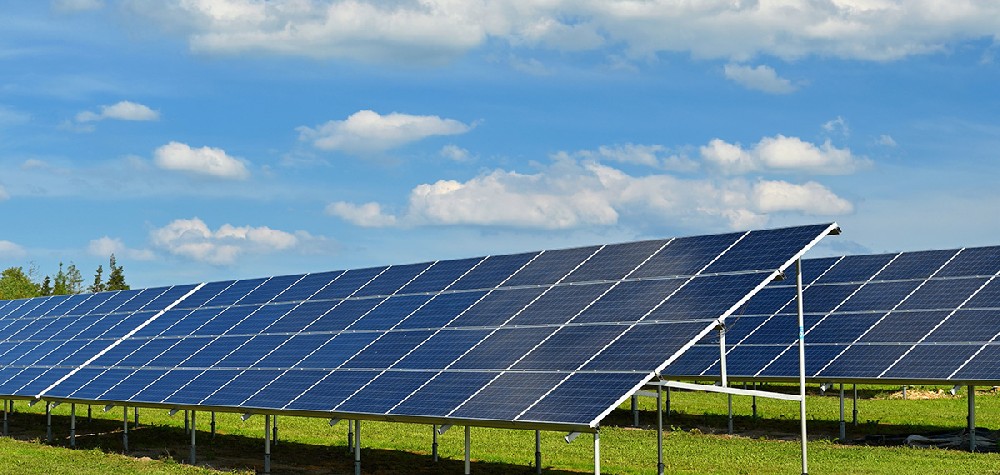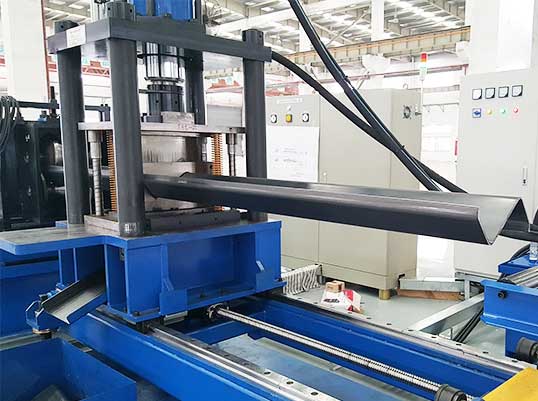Navigation Menu
Contact Us
- Email:
- info@wxavatar.com
- Address:
- Yurong Village, Yuqi Street, Huishan District, Wuxi, China.
Release Date:May 23, 2025 Visit:47 Source:Roll Forming Machine Factory
The solar energy sector continues to evolve with advancements in manufacturing and installation techniques. Among these innovations, solar stand roll forming has emerged as a key process that improves the efficiency and precision of solar panel mounting systems. This method streamlines production while ensuring structural integrity, making it a preferred choice for modern solar installations.

The Role of Roll Forming in Solar Stand Manufacturing
Roll forming is a metal shaping process that involves feeding a continuous strip of material through a series of rollers to achieve a desired cross-sectional profile. In solar stand production, this method offers several advantages:
Consistent Quality: The automated process ensures uniformity in each component, reducing errors during installation.
High-Speed Production: Roll forming allows for rapid fabrication of solar stand components, meeting large-scale project demands efficiently.
Material Efficiency: The precision of roll forming minimizes waste, optimizing resource usage.
Improving Installation Speed and Accuracy
Solar stands produced through roll forming are designed for quick assembly, reducing labor time on-site. Pre-engineered components fit together seamlessly, eliminating the need for extensive adjustments. This precision ensures that solar panels are mounted securely and aligned correctly, maximizing energy capture.
Cost-Effective and Scalable Solutions
By integrating roll forming into solar stand manufacturing, companies can lower production costs while maintaining high standards. The scalability of this process makes it suitable for both small residential projects and large commercial solar farms. Additionally, the durability of roll-formed stands contributes to long-term reliability, reducing maintenance needs.
Future Prospects
As the demand for efficient solar installations grows, roll-forming technology is expected to play an increasingly vital role. Innovations in material coatings and design flexibility will further enhance the performance of solar mounting systems. Manufacturers continue to refine the process to accommodate new panel designs and installation requirements.

Conclusion
Solar stand roll forming represents a significant step forward in optimizing solar panel installation. Its ability to deliver high-quality, cost-effective, and easily deployable mounting structures makes it a valuable asset in the renewable energy sector. As technology advances, this method will likely remain a cornerstone of efficient solar energy deployment.
By focusing on precision manufacturing and streamlined installation, solar stand roll forming supports the industry's move toward faster, more reliable solar energy solutions.